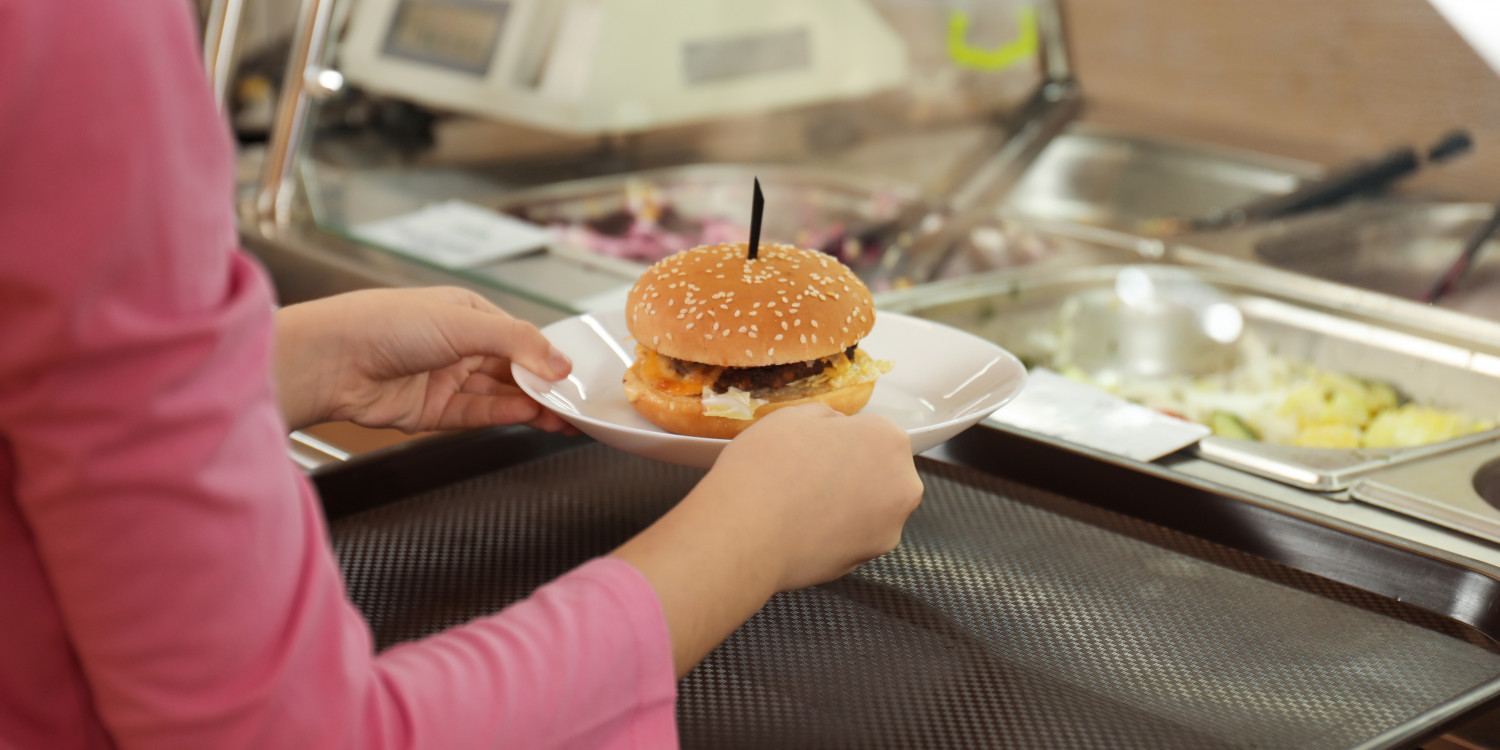
A Practical Guide for School Canteen Success
Written by Chef Liam
Our school canteens go beyond being places for a quick bite—they're the lifeblood of a school, dedicated to nourishing both bodies and minds. As we gear up for 2024 and kick off Term 1, we're on a mission to help improve the effectiveness of your school canteen.
This practical guide is tailored for the upcoming year, aimed at creating not just a canteen but a thriving community hub that fosters health and well-being for your students while also ensuring financial success. The goal is to strike the perfect balance—offering nutritious options that are a hit with students while turning a profit to sustain the canteen's growth and impact.
When improving or implementing a successful school canteen program, focus on the following key elements:
- • Student Needs and Preferences: Understand the needs and backgrounds of the students, taking into account the diverse preferences of your target audience. This includes considering dietary restrictions such as vegetarian, vegan, and allergen-free options.
- • Seasonal and Local Ingredients: Factor in the season and temperature, emphasizing the use of fresh, local and seasonal ingredients whenever feasible.
- • Facility Size and Preparation: Assess the school’s food preparation, storage facilities and the size of the school.
- • Team Dynamics: Evaluate the number of people involved in the school food service and how they work together on a day-to-day basis.
- • Profitable Products: Conduct a review of historical best-selling products to make sure they still remain profitable after price increases and inflation.
In the broader context of any business, including school food services, additional considerations come into play:
- • Train your kitchen staff on safe food handling and preparation methods.
- • Emphasize portion control to minimize food waste. Consider waste reduction practices, such as composting or recycling as part of school programs that get the whole community involved. This will foster a sense of shared responsibility for health and sustainability.
- • Encourage creativity in cooking methods to make healthy food exciting.
- • Implement educational programs that inform students about the importance of a balanced diet and sustainable food choices.
- • Promote awareness of where food comes from and how it affects the environment.
- • Aim to reduce food waste by utilising foods such as Angel Bay which can be cooked as needed, and preparing ingredients efficiently.
- • Consider eco-friendly packaging and avoid the use of single-use plastics.
